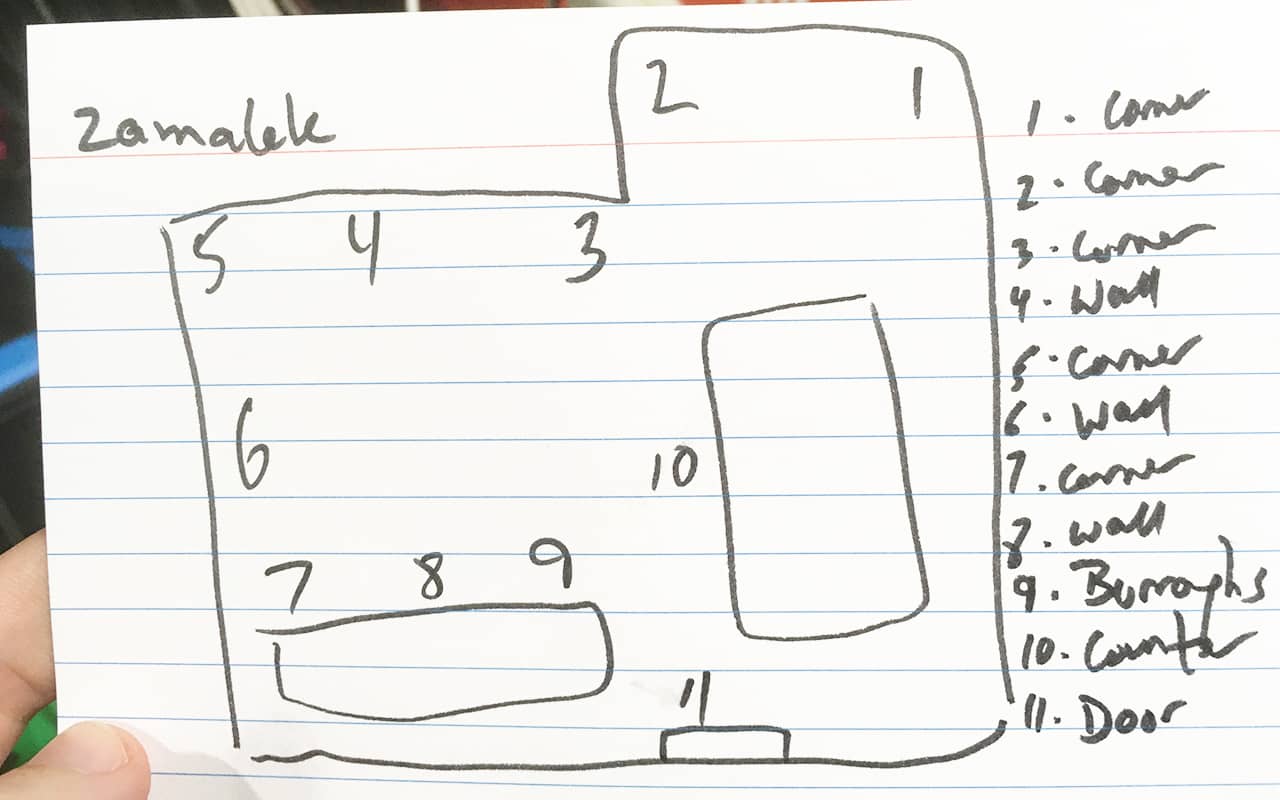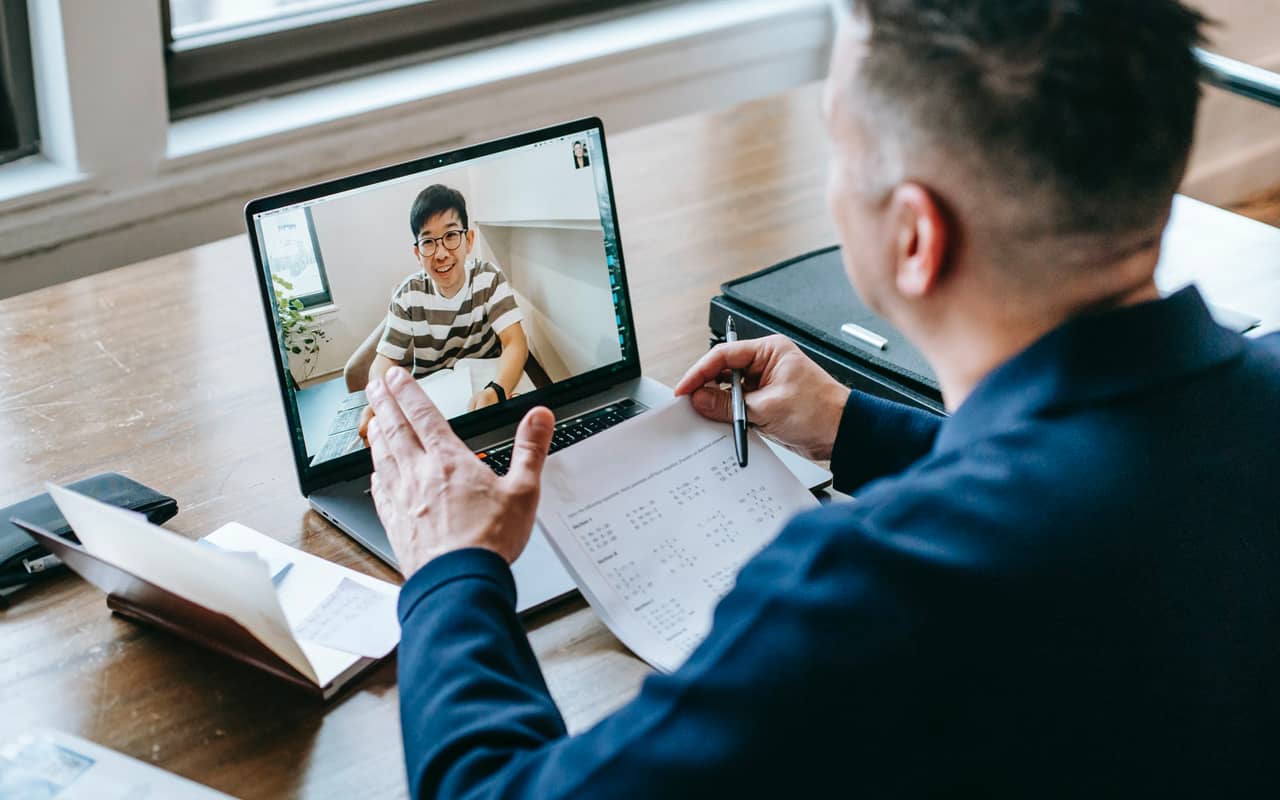 When you come to a language like Arabic, you’d be right to be skeptical of anyone promising you can learn it quickly and easily.
When you come to a language like Arabic, you’d be right to be skeptical of anyone promising you can learn it quickly and easily.
But what if you really can?
In reality, many language learners reach basic conversational fluency in around 3-5 months.
Why not you?
In terms of feeling fully comfortable, that can take longer. But ask yourself:
Is that really a big deal? Why spent a couple of months on a language if you’re not also in it for the long haul?
Arabic is a very rewarding language and a must if you want to memorize the Quran.
On this page, you’ll discover the steps and learn through examples how to apply memory techniques. When you combine everything we’ll talk about on this page, your journey with Arabic for beginners will quickly reach intermediate levels.
Let’s dive in.
How to Learn Arabic Fast in 9 Steps
Once you’re committed to the short and long term goal of learning Arabic, there are a number of uncomplicated steps to follow.
The following list is not ordered by any particular importance, but every since one is critical. They reflect how all polyglots learn languages, and you can easily model them for Arabic.
Step One: Start Speaking Right Away
You’re going to learn about memory techniques on this page, but nothing beats speaking from day one. This is especially important with Arabic due to its phonology.
You’ll also make much better use of your time if you pick one dialect and stick with it. You’ll probably want to pick a local variation that has plenty of speakers and a rich source of teachers so that you can speak from day one.

With this consideration in mind, your most likely choices are:
- Levantine
- Egyptian
- Saudi
When it comes to speaking, it’s fun and easy to record your teachers when you have the best language learning software. Recording your conversations is important because you want to hear your pronunciation in comparison to native speakers so you can correct it.
Some language learners call this form of comparison “chorusing.”
Step Two: Pick The Best Possible Learning Materials
Unfortunately, not all books and programs are a match for all learners. This means that you have to do some research and experimentation.
You can find a ton of free materials on Arabic, and will probably want to start with a source for learning the alphabet (which is an Abjad).
Some dictionaries will order the Arabic alphabet differently, which can be frustrating. The most important thing is to commit the sounds and shapes to memory as quickly as possible. We’ll talk about how to do that in a second.

As you go through books and programs for learning Arabic, you’ll want to place some limits on yourself. Based on a suggestion from language learning expert Olly Richards, you will one to consider narrowing your focus to just:
- One book
- One audio program
- One video program
This focus will help you avoid “shiny new resource” syndrome. Finish what you start. You’ll get much further a lot faster.
Step Three: Learn the Arabic Alphabet And Numbers
In order to memorize the Arabic alphabet, we first need to create a Memory Palace that has 28 stations.
It can take a while, but this online resource clearly displays the Arabic alphabet and provides recordings for each letter.
At first glance, the Arabic alphabet is completely unlike our English alphabet and bears more relationship to Hebrew script. We will cover how to deal with this, but for now, creating your first Memory Palace is easy. Here’s a free course that shows you how:
To remember the sound of each letter, we need to create a multisensory association to the letter. We’ll also want to include some kind of action that helps “trigger” the sound so that we can orally reproduce it.
The same goes for numbers, which are basically the alphabet of counting. It’s the same process of associating sounds and symbols and placing them in a Memory Palace. Numbers are essentially words, but the brain processes them differently. That’s why the Major Method exists.
I’ll show you some examples of how to memorize Arabic sounds and vocabulary in a moment, but first, here’s a practice that will help you immensely.
Step Four: Learn How To Create “Homophonic Transliterations”
This process involves “translating,” or more properly put, “transliterating” sounds and words in your Arabic into how you would spell them in English.
“Homophonic” means literally to make something sound the same, “trans” means to move something from one place to another (as in “transit”) and to “literate” is to represent a word by spelling it using a visual alphabetic system.
You see different forms of homophonic transliteration in many books and websites and you’ll notice that I’ve given English equivalents on many occasions in this book. For example, the pinyin used to represent Mandarin Chinese in English letters is a homophonic transliteration.

However, here’s where many people fail to see the full power of homophonic transliteration when they’re discovering how to learn Arabic quickly:
You can and should make your own homophonic transliterations. You don’t have to struggle with the ones you find all over the Internet.
Here’s how:
Listen to the sounds of the alphabet, words and phrases and then write them out as you feel it should be spelled.
This process will “transliterate” the word or letter into your own personal inner-representation system and allow you to use the associative-imagery and location-based memory technique you will learn through example in a moment.
Step Five: Memorize the Alphabet, Words and Phrases Using A Memory Palace
A Memory Palace is simply a means of using space as a mnemonic device.
Here are a few examples:

I suggest you draw the Memory Palace first to chart out your journey. That way you won’t make strategic errors that slow you down later.
Then, you can dive in to using the Memory Palace for Arabic in your mind. Like this:

As you can see, I’ve placed ا high up on the wall, followed by ب and ج beneath that. This pattern can be repeated through a room and throughout a Memory Palace with at least 28 stations.
Now, in order to remember the first letter’s sound is pronounced “ah” or “alif”, I imagine my doctor forcing a tongue depressor into my mouth and telling me to say “ah.” Why a tongue depressor? Because it looks like ا.
In order to make the association memorable, it’s important that it’s large, bright, colorful and filled with action.
In other words, It’s not just that the doctor places the wooden stick in my mouth. I imagine him forcing it into my mouth, deeply exaggerating the action. This makes the image doubly memorable.
To also memorize the “alif” name for the letter, you could imagine Weird Al getting a face-lift (Al + lift triggers the sound “alif”). If Weird Al means nothing to you, pick another Al, either a friend or celebrity, like Al Pacino.
You can repeat this process with any word or phrase. Take for example, شكرا جزيلا or Shukran Jazilan for “thank you very much.”

I simply imagine a shoe filled with cranberries and a jazz band using eels for instruments while performing in a land cruiser. Or you can have the jazz player be David Lean, famous for directing the movie Lawrence of Arabia.
Step Six: Use The Big Five Of Language Learning
Memorization will never be enough. You need to:
- Read
- Write
- Speak
- Listen
- Exercise memory

This mix of approaches is really important because it helps you harness the levels of processing effect that leads to bilingualism.
Step Seven: Craft Missions For Yourself
There are so many topic areas you’ll want to speak about in Arabic. But not book, course or even teacher can tell you what those are.
That’s why it’s important to bring your own focus.
Do some self-inquiry and understand deeply the kinds of topics you’re interested in. If it’s music, read and listen to interviews with Arabic Musicians. If it’s current events, focus on News in Slow Arabic.
Also, place limits on your missions. By focusing on acquiring just 10 words a day from specific topic areas, for example, you’ll learn a lot more over time than if you binge every once in a while.

Step Eight: Work With Good Teachers In Optimized Ways
It’s easy these days to find teachers. For example, there are tons on italki. Or you can look for informal speaking partners on the Tandem app.
Basically, you want to find someone who will focus on conversation, not tedious grammar points. I tell my language teachers to correct me just a few times and let the errors go because I record everything. This helps to make sure the lessons aren’t bogged down with endless frustration.
Sometimes you have to go through a few teachers before you find a match, but that’s just part of the process.
One of the best ways to work with a teacher is to bring your own materials, such as an online magazine. You can pick up a lot of vocabulary and phrases by simply pointing at pictures and asking questions about them in Arabic.

Step Nine: Enjoy The Culture
As your skills grow, you’ll be able to enjoy music, theatre, movies and art much more. Take every opportunity to do so. Here’s a list of some incredible Arabic filmmakers you’ll want to know about.
You can also check out channels like Learn Arabic with Ameen. He does great breakdowns based on different Arabic dialects.
Along these lines, it’s great if you can travel to an Arabic-speaking country, but don’t forget to take ample breaks as well. You don’t have to be full-on every day in order to make great progress. Exactly how long it takes to learn a language is an unanswerable question because it’s poorly worded.
Learning a language is something to engage in for life, but you’ll never get there if you allow burnout to happen. Pacing yourself and enjoying the journey is key.
Conclusion: The Best Way To Learn Arabic
As I hope you’ve seen, the best way is the journey you craft for yourself based on the scientific principles used by all successful language learners. You need to balance your activities and use the best possible memory strategies.
Arabic is a beautiful language, so let me end with this:
بالتوفيق (bi-t-tawfīq). Good luck!
Related Posts
- Memorizing Short Texts To Learn Your Foreign Language Faster
This tip will help you pick up foreign language vocabulary fast ... assuming you're using…
- Learn a New Language Fast: 5 Steps & 14 Best Practices
Learn a new language fast with this proven 5-step method. Master vocabulary and phrases, boost…
- Memorizing Short Texts To Learn Your Foreign Language Faster
This tip will help you pick up foreign language vocabulary fast ... assuming you're using…






